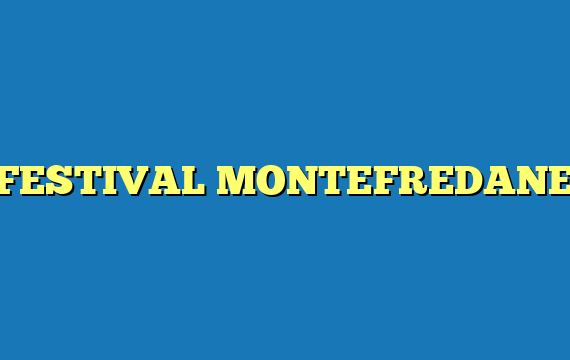## Festival de Vida y Muerte: Celebrating the Circle of Life and Beyond
Every year, as the leaves begin to turn vibrant hues of autumn and the air grows crisp, the city of Oaxaca, Mexico, comes alive with a vibrant celebration called the Festival de Vida y Muerte (Festival of Life and Death). This remarkable festival is a unique blend of ancient traditions, indigenous rituals, and contemporary art, all coming together to honor and celebrate the cycle of life, death, and rebirth.
### Origins and History
The roots of the Festival de Vida y Muerte can be traced back to pre-Hispanic times, when the indigenous people of Oaxaca celebrated the arrival of the dead with elaborate rituals and offerings. With the arrival of Spanish conquistadors, these traditions were blended with Catholic beliefs, giving rise to the unique fusion of indigenous and Western elements that characterizes the festival today.
### Symbolism and Traditions
At the heart of the Festival de Vida y Muerte lies the belief that death is not an end but rather a transition to another realm of existence. The festival is a time to honor and remember loved ones who have passed away, as well as to reflect on the ephemeral nature of life.
One of the most iconic symbols of the festival is the **calavera**, or skull. Calacas are depicted in a playful and sometimes humorous manner, adorned with colorful decorations and often representing different aspects of Mexican culture. They serve as a reminder that death is a part of life and should be embraced with joy and celebration.
### Art and Culture
The Festival de Vida y Muerte is renowned for its vibrant and creative art displays. Artists from all over the world gather in Oaxaca to showcase their interpretations of the festival’s themes. Giant papier-mâché figures, elaborate altars, and stunning textile art fill the streets, creating a breathtaking visual spectacle.
Music plays a central role in the festival, with traditional Oaxacan music, mariachi bands, and contemporary performers providing a lively soundtrack to the festivities. Street performances, parades, and workshops offer a glimpse into the rich cultural heritage of Oaxaca.
### Offerings and Rituals
During the festival, families visit cemeteries to decorate the graves of their loved ones with flowers, candles, and offerings. These offerings, known as **ofrendas**, are believed to guide the spirits of the dead back to their families for a brief reunion during the festival.
Altars, or **ofrendas**, are also erected in homes and public spaces. These elaborate displays feature a wide variety of objects, such as photos of deceased family members, candles, flowers, food, and symbolic items that represent the different stages of life and death.
### Contemporary Perspectives
In recent years, the Festival de Vida y Muerte has evolved to encompass contemporary themes and perspectives. Artists and activists use the festival as a platform to address issues such as social justice, environmentalism, and the rights of indigenous peoples.
The festival has also become a major tourist attraction, drawing visitors from around the world who come to experience the unique cultural rituals and artistic expressions that define this extraordinary celebration.
### Conclusion
The Festival de Vida y Muerte is a vibrant and transformative experience that celebrates the delicate balance between life and death. Through its rituals, art, and music, the festival invites us to embrace the transience of existence and to remember the deep connections that unite us both to our loved ones who have passed and to the generations that came before us. As the festival comes to a close, we are left with a profound sense of gratitude for the cycle of life and the enduring spirit that connects us all.



